Buying a new car is often one of the most exciting and significant investments many households make. With the average American spending approximately $47,000 on a new SUV, the anticipation of driving off the lot in a gleaming, modern vehicle is palpable. However, beneath the polished exteriors and glossy advertisements, a more sobering reality often lurks, filled with potential mechanical issues, design flaws, and reliability concerns. These hidden problems can quickly transform your dream ride into a costly burden.
Marketing hype can be incredibly effective at overshadowing serious underlying issues, from persistent transmission failures and intricate electrical malfunctions to alarming depreciation rates and subpar safety scores. Ignoring these red flags can lead to years of regret and substantial financial strain. Your vehicle, much like your smartphone, needs to be dependable; unlike a dead phone that can be replaced in minutes, a dead car can leave you stranded for weeks.
This guide is designed to empower potential buyers with the knowledge needed to make truly informed decisions, preventing that new car excitement from turning into an automotive nightmare. We’ll delve into specific models that, according to comprehensive data and consumer reports, are already generating the kind of owner horror stories that no one wants to experience. By understanding the common pitfalls of these vehicles, you can avoid a significant financial misstep and safeguard your peace of mind in 2025.
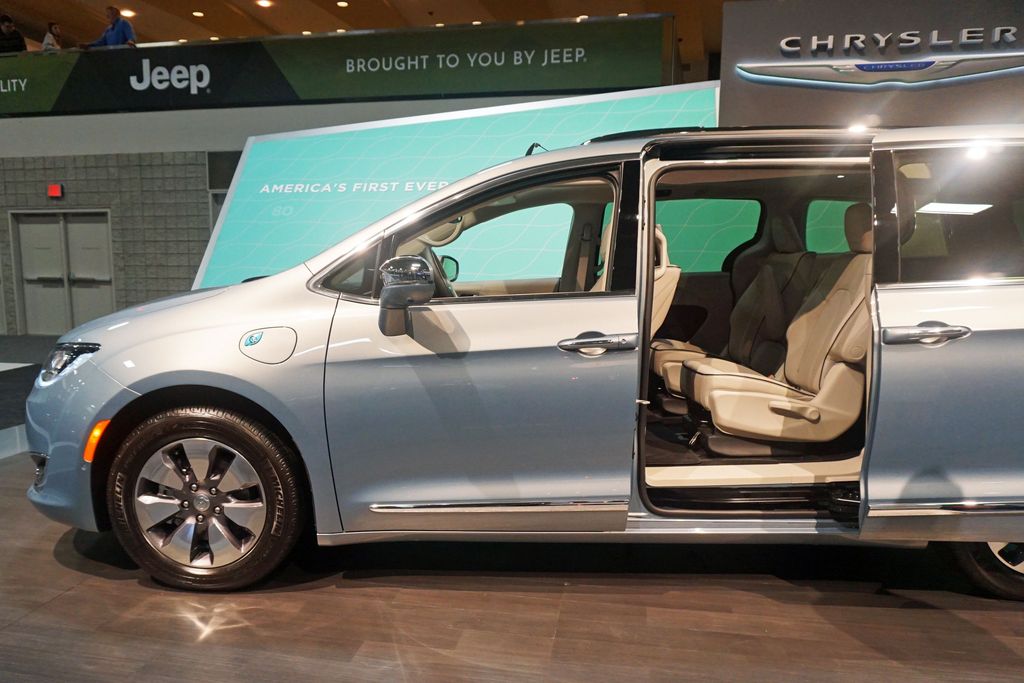
1. **Chrysler Pacifica Hybrid**: The 2025 Chrysler Pacifica Hybrid aims to offer families the best of both worlds: the versatile practicality of a minivan combined with the efficiency of a hybrid powertrain. However, this promising combination falls dramatically short in real-world reliability, a critical factor for any family vehicle. With a dismal reliability score of just 14 out of 100, according to Consumer Reports, it stands out as one of the least dependable new cars available.
This minivan “earns ‘very low predicted reliability’ from Consumer Reports,” a concerning assessment that should give any potential buyer pause. The core of its issues lies within its complex hybrid system, where “hybrid-specific components [are] failing at rates that make traditional minivans look bulletproof.” This isn’t just a minor inconvenience; it points to fundamental flaws in its most advanced features.
The specific trouble spots for the Pacifica Hybrid are extensive, including the electric/hybrid battery, electric charging system, electric motor, and in-car electronics. These are not trivial components; they are the very heart of what makes it a hybrid. Problems in these areas translate directly into expensive, specialized repair bills that demand dealer-only diagnostics, often requiring parts that are subject to shortages and extending repair times into weeks.
With a price range between $39,645 and $59,785, the significant initial investment is only the beginning. The ongoing costs of maintaining a vehicle plagued by such foundational issues can quickly compound, making it a financial burden rather than a smart purchase. While it offers an overall miles per gallon of 27, any fuel savings are likely to be overshadowed by the frequent and costly trips to the service center. For families relying on their vehicle daily, this level of unreliability is simply unacceptable, urging buyers to consider more proven alternatives.
Car Model Information: 2021 Chrysler Pacifica Touring L
Categories: All set index articles, Articles with short description, Chrysler vehicles, Set index articles on cars, Short description is different from Wikidata
Summary: Chrysler Pacifica is a nameplate used by Chrysler for a variety of vehicles.
The name was first used on a luxury minivan concept vehicle in 1999, and later a crossover concept in 2002.
From 2004 to 2008, it was used on a mid-size crossover, and since the 2017 model year, it has been used as the Town & Country minivan’s replacement.
Vehicles using the nameplate are:
Chrysler Pacifica concept (1999), concept minivan
Chrysler Pacifica concept (2002), concept crossover
Chrysler Pacifica (crossover) (2004–2008), production version of the 2002 concept
Chrysler Pacifica (minivan) (2017–present), Chrysler Town & Country replacement
Get more information about: Chrysler Pacifica
Buying a high-performing used car >>>
Brand: Chrysler Model: Pacifica
Price: $26,702 Mileage: 29,396 mi.
Read more about: Decades of Dust, Gears, and Dreams: Unearthing Hidden Classic and Sports Cars from Abandoned Estates
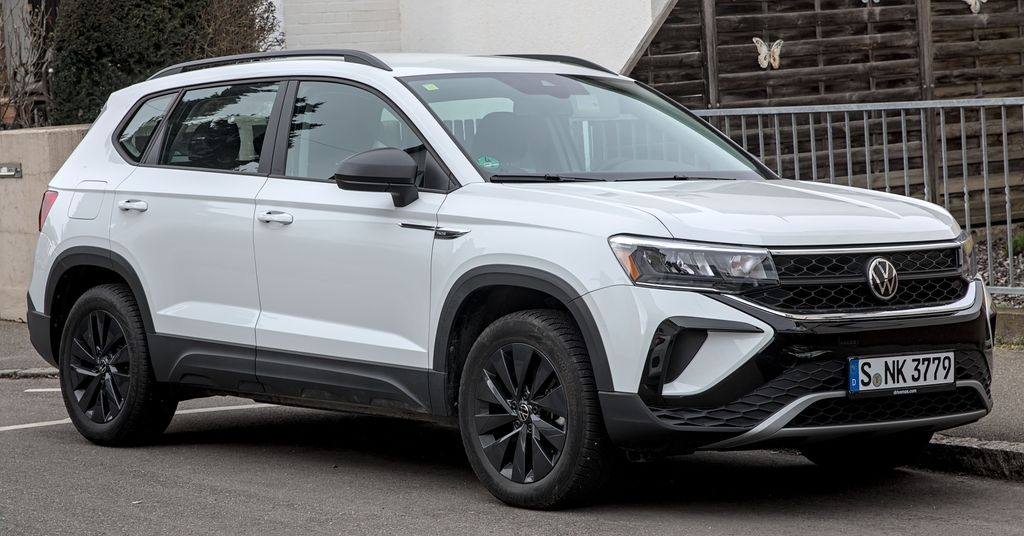
2. **Volkswagen Taos**: The Volkswagen Taos, positioned as a compact SUV with an attractive starting price, appeals to many seeking a practical and modern ride. Yet, it quickly reveals its shortcomings through a concerning reliability score of 18 out of 100, indicating a propensity for numerous problems. This model, despite its fresh appearance, has already begun generating owner complaints that underscore its unreliable nature.
The list of trouble spots for the Taos is remarkably comprehensive, encompassing critical systems such as the brakes, electrical accessories, transmission, engine, and the main electric system. Additionally, owners report issues with in-car electronics and various noises/leaks, suggesting widespread quality control problems. Such a broad array of potential failures affects nearly every aspect of the driving and ownership experience.
Consider the implications of issues with the engine or transmission; these are core components whose failure can lead to significant downtime and exorbitant repair bills. Even problems with electrical accessories or in-car electronics, while seemingly minor, can severely impact convenience and safety, disrupting the modern connectivity drivers expect. These issues contribute to a frustrating ownership experience, transforming what should be a straightforward daily driver into a source of constant worry.
With a price range of $23,995 to $33,515 and an overall miles per gallon of 26, the Taos might initially seem like an economical choice. However, the high likelihood of requiring major repairs can quickly erode any perceived savings. The hidden costs of frequent maintenance and potential breakdowns can make this compact SUV a surprisingly expensive proposition in the long run. Savvy consumers prioritize dependability, and the Volkswagen Taos simply doesn’t meet that fundamental requirement for a reliable 2025 purchase.
Car Model Information: 2024 Volkswagen Taos 1.5T SE
Name: Volkswagen Taos/Tharu
Manufacturer: SAIC Volkswagen,Volkswagen de México,Volkswagen Argentina,GAZ
Aka: Volkswagen Tharu
Production: ubl
Assembly: ubl
Designer: Klaus Zyciora
Class: Compact crossover SUV
BodyStyle: SUV
Layout: Front-engine, front-wheel-drive,Front-engine, all-wheel-drive
Platform: Volkswagen Group MQB A1
Related: SEAT Ateca,Škoda Karoq,Jetta VS5
Engine: Petrol engine,Turbocharger,1.4 L TSI 150 I4,1.5 L TSI 160 I4,Multi-point fuel injection,2.0 L TSI 190 I4
Transmission: Manual transmission
Battery: 44.1 kWh (e-Tharu)
ElectricRange: convert
Wheelbase: 105.9 in
Abbr: on
Order: 4453 mm
Length: 175.8 in
Width: 1841 mm
Height: convert
ModelYears: 2022–present
Categories: All-wheel-drive vehicles, Articles with short description, CS1 Brazilian Portuguese-language sources (pt-br), CS1 Mexican Spanish-language sources (es-mx), CS1 Portuguese-language sources (pt)
Summary: The Volkswagen Taos is a compact crossover SUV marketed by Volkswagen. It was first released in October 2018 as the Volkswagen Tharu in China, while the Taos was released in October 2020 as a restyled version of the Tharu for the North American, South American, and Russian markets. In the brand’s lineup, the vehicle is positioned below the Tiguan, and in South America and China above the T-Cross. It is not marketed in core European market.
The Taos is named after Taos, New Mexico. The Tharu name is derived after the eponymous Tharu people, an ethnic group indigenous to Nepal and Northern India.
Get more information about: Volkswagen Taos
Buying a high-performing used car >>>
Brand: Volkswagen Model: Taos
Price: $25,491 Mileage: 5,126 mi.
Read more about: Beyond the Sedan: Your Essential Guide to 12 Top SUVs for Retirees in 2025, Engineered for Comfort and Lasting Value
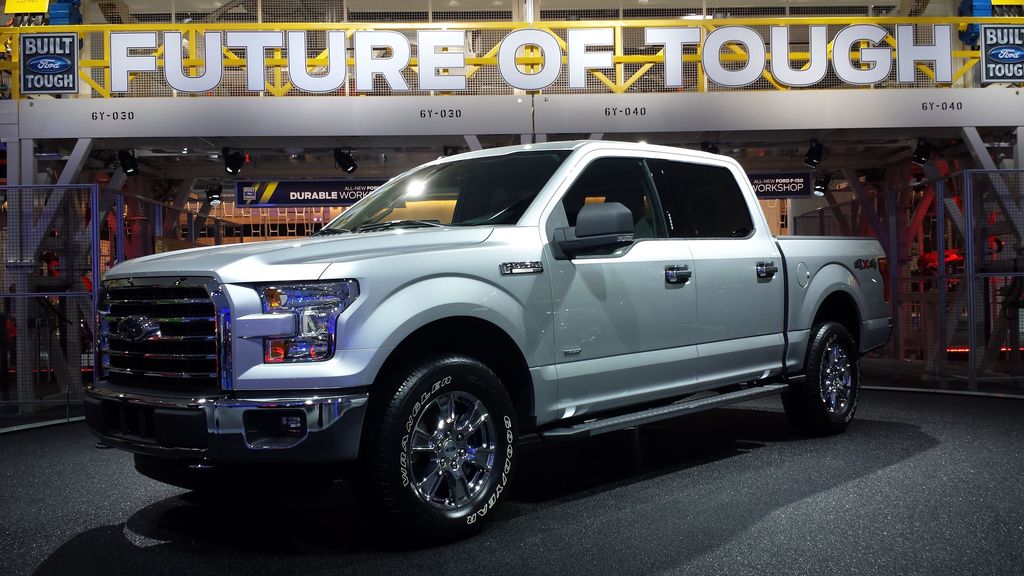
3. **Ford F-150 Hybrid**: The Ford F-150 Hybrid aims to blend the legendary capability of the F-150 truck with the added efficiency of a hybrid powertrain, making it an enticing option for many buyers. However, its ambitious design is overshadowed by significant reliability concerns, earning a disappointing score of 19 out of 100. This places it firmly on the list of vehicles to approach with extreme caution in 2025.
One of the most critical issues plaguing the F-150 Hybrid is its transmission, a common problem area that can lead to devastating repair bills. While the context mentions Expedition transmission problems costing over $6,200, the nature of transmission failures across Ford’s lineup suggests similar financial impacts for this hybrid truck. Such a major mechanical failure not only demands a hefty sum but also renders the vehicle unusable for extended periods, potentially stranding owners for weeks.
Beyond the transmission, the F-150 Hybrid’s trouble spots extend to its electric system, the electric/hybrid battery, electrical accessories, the drive system, and in-car electronics. This array of issues points to a complex vehicle where multiple high-tech components are prone to malfunction. Given that high-tech features often lead to high-tech repair bills and require specialized diagnostics, these problems can quickly become financially overwhelming.
With a wide price range from $36,965 to $78,440 and an overall miles per gallon of 20, the F-150 Hybrid presents a substantial investment that comes with considerable risk. The promise of efficiency and power is severely undermined by documented reliability issues that can lead to significant ownership costs and unpredictable downtime. For consumers who depend on their truck for work or daily life, the F-150 Hybrid’s propensity for major failures makes it a gamble that most cannot afford to take.
Car Model Information: 2025 Volkswagen Atlas 2.0T SE
Name: Ford F-Series
Caption: 2022 Ford F-150 Lariat Luxury
Manufacturer: Ford Motor Company
Aka: Ford Lobo (Mexico, 1992–present)
Production: 1948–present
Class: Pickup truck#Full-size pickup truck
Layout: Front-engine, rear-wheel-drive layout,rear-wheel drive
Predecessor: 1941 Ford
Categories: All-wheel-drive vehicles, All Wikipedia articles written in American English, All articles that may contain original research, All articles with unsourced statements, Articles that may contain original research from September 2020
Summary: The Ford F-Series is a series of light-duty trucks marketed and manufactured by Ford Motor Company since model year 1948 as a range of full-sized pickup trucks — positioned between Ford’s Ranger and Super Duty pickup trucks. Alongside the F-150 (introduced in 1975), the F-Series also includes the Super Duty series (introduced in 1999), which includes the heavier-duty F-250 through F-450 pickups, F-450/F-550 chassis cabs, and F-600/F-650/F-750 Class 6–8 commercial trucks.
Get more information about: Ford F-Series
Buying a high-performing used car >>>
Brand: Ford Model: F-150 Hybrid
Price: $40,000 Mileage: 8,605 mi.
Read more about: Beyond the Auction Block: Unearthing 14 Surprisingly Affordable Classic Cars for Enthusiasts Today
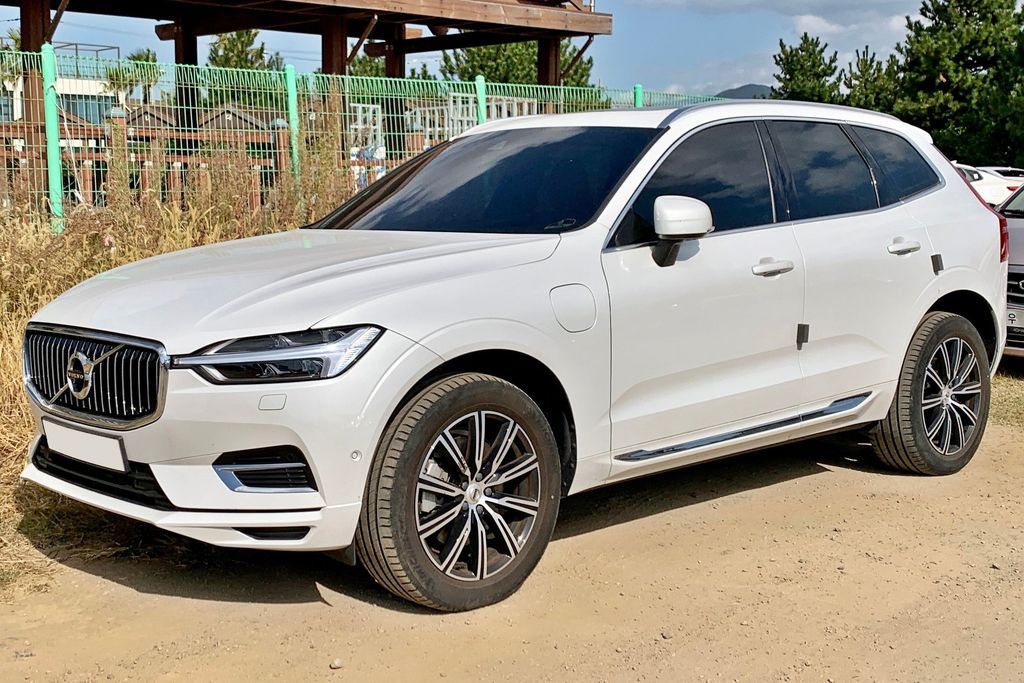
4. **Volvo XC60 Plug-In Hybrid**: The Volvo XC60 Plug-In Hybrid enters the market with a reputation for Scandinavian luxury and safety, coupled with the allure of plug-in hybrid efficiency. Despite its premium positioning, it lands on our list of cars to avoid in 2025 due to a troubling reliability score of 21 out of 100. This performance is particularly disappointing for a vehicle in its price bracket, where buyers expect unwavering dependability.
Critical trouble spots for the XC60 Plug-In Hybrid include the EV battery, EV charging system, electrical accessories, climate system, and in-car electronics. These are precisely the high-tech components that define a modern luxury hybrid. When these systems falter, they can lead to not only significant repair costs but also frustrating inconveniences, diminishing the sophisticated driving experience Volvo aims to provide.
Issues with the EV battery and charging system are particularly problematic, as they strike at the very core of a plug-in hybrid’s functionality. If an electric vehicle “can’t reliably deliver power,” it misses the entire point of electrification. Like other early-production EVs and complex luxury models, the XC60 Plug-In Hybrid’s sophisticated electronics demand specialized technician knowledge for repairs, and parts shortages can extend repair times into weeks, leaving owners without their expensive vehicle.
With a price range of $59,395 to $75,450, the Volvo XC60 Plug-In Hybrid represents a significant financial commitment. Its overall miles per gallon of 28 is appealing, but this benefit is quickly overshadowed by the potential for costly, protracted repairs. The consistent reports of electronic and battery issues, mirroring problems seen in other premium electric cars like the Porsche Taycan—which placed last in a 2023 reliability survey for electric cars—should serve as a stark warning. For a luxury SUV, predictable reliability should be a given, not a gamble.
Beyond the initial breakdown and immediate repair concerns, the journey of car ownership often reveals deeper, more insidious issues. These include hidden costs, glaring practicality issues, and design flaws that can steadily erode a vehicle’s value and your peace of mind over time. While a new car purchase may start with excitement, overlooking these long-term woes can lead to years of regret and substantial financial strain. This section delves into three more high-risk models for 2025, moving past their core mechanical defects to spotlight the less obvious but equally impactful problems that compromise their appeal and long-term viability for consumers.
We recognize that for many, a vehicle is a daily necessity, not just a luxury. Therefore, understanding the complete picture—from initial purchase to long-term maintenance and everyday usability—is paramount for making a smart automotive choice. The following models exemplify how factors like subpar practicality, inconvenient design choices, and unexpected long-term ownership costs can significantly detract from the driving experience, transforming what should be a dependable asset into a persistent financial drain. By examining these aspects closely, buyers can avoid common pitfalls and secure a vehicle that truly serves their needs without becoming a source of constant worry or expense.
Car Model Information: 2018 Volvo XC60 T6 Inscription
Name: Volvo XC60
Caption: 2018 Volvo XC60 R-Design D5 P-Pulse
Manufacturer: Volvo Cars
Production: 2008–present
Class: Compact crossover SUV
BodyStyle: SUV
Layout: unbulleted list
Categories: 2010s cars, 2020s cars, All-wheel-drive vehicles, All articles with unsourced statements, Articles with short description
Summary: The Volvo XC60 is a compact luxury crossover SUV manufactured and marketed by Swedish automaker Volvo Cars since 2008.
The XC60 is part of Volvo’s 60 Series of automobiles, along with the S60, S60 Cross Country, V60, and V60 Cross Country. The first generation model introduced a new style for the 60 Series models. Along with the rest of the line-up, the first-generation XC60 was refreshed in 2013. Similarly, the second-generation model, released in 2017, is the first in the series. The car was named Car of the Year Japan for 2017–2018.
Get more information about: Volvo XC60
Buying a high-performing used car >>>
Brand: Volvo Model: XC60
Price: $19,294 Mileage: 86,035 mi.
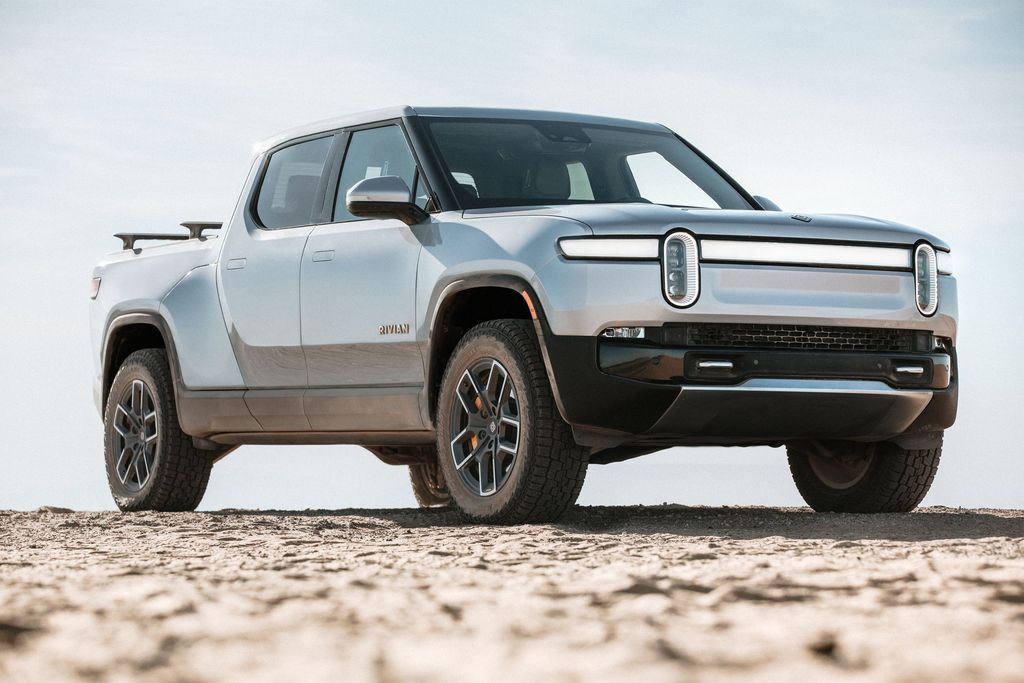
5. **Rivian R1T**:The 2025 Rivian R1T enters the burgeoning electric truck market with a distinctive design and adventurous spirit, aiming to combine rugged capability with cutting-edge EV technology. Despite its innovative appeal and a promising electric equivalent of 70 miles per gallon, its predicted reliability score of 22 out of 100 raises significant red flags. This score places it among the least dependable new vehicles, a concerning assessment for a model that carries a premium price tag ranging from $69,900 to $88,000. These reliability issues can quickly overshadow its perceived benefits, turning the dream of electric adventure into a costly reality check.
The primary trouble spots for the R1T include the drive system, climate system, body hardware, and various noises and leaks, as reported by Consumer Reports. For an electric vehicle, issues with the drive system are particularly critical, striking at the very core of its functionality and ability to deliver power reliably. Similar to other early-production electric vehicles, the R1T is susceptible to parts shortages for specialized components, which can extend repair times into weeks, leaving owners without their high-value investment for prolonged periods. This level of unpredictability in an expensive and technologically advanced vehicle can lead to immense frustration and inconvenience.
Beyond mechanical reliability, the long-term ownership woes of early-production EVs like the R1T often extend to software reliability issues and charging infrastructure limitations, as seen with similar models such as the GMC Hummer EV. While the R1T offers impressive performance, these ongoing challenges can make urban or long-distance use impractical, diminishing its everyday utility and overall value. Consumers considering such a significant financial commitment should weigh the allure of cutting-edge technology against the documented risks of unforeseen costs and prolonged downtimes associated with its nascent platform and complex systems.
Car Model Information: 2022 Rivian R1T Launch Edition
Name: Rivian R1T
Manufacturer: Rivian
Production: 2021–present
ModelYears: 2022–present
Assembly: Rivian Automotive,LLC
Designer: Jeff Hammoud
Class: Mid-size car,luxury car,pickup truck
BodyStyle: crew cab
Layout: unbulleted list
Related: Rivian R1S
Motor: Alternating current,Permanent magnet motor
Transmission: Single-speed
Battery: kWh,lithium-ion battery
ElectricRange: unbulleted list
Abbr: on
Charging: unbulleted list
Wheelbase: 135.9 in
Length: 217.1 in
Width: 81.8 in
Height: 75.7 in
Weight: cvt
Sp: us
Powerout: unbulleted list
Categories: All Wikipedia articles written in American English, All articles with vague or ambiguous time, Articles with short description, Commons category link is on Wikidata, Electric trucks
Summary: The Rivian R1T is a battery electric mid-size light duty luxury pickup truck produced by the American company Rivian. The first production R1T was manufactured in Illinois on September 28, 2021, and was delivered to a customer. The official EPA range for the Rivian R1T (MY 2022–2024) ranges from 255–420 miles (410–676 km), depending on drivetrain, battery pack capacity and wheel size.
Get more information about: Rivian R1T
Buying a high-performing used car >>>
Brand: Rivian Model: R1T
Price: $54,980 Mileage: 40,668 mi.
Read more about: Beyond the Crown: 12 Truly Wild and Undignified Royal Deaths That Will Blow Your Mind
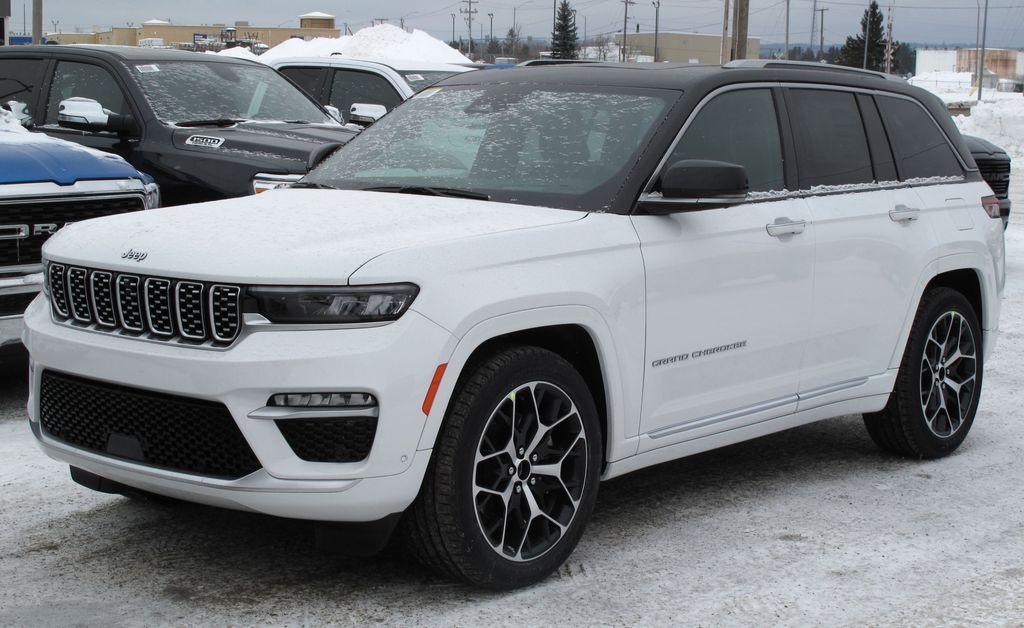
6. **Jeep Grand Cherokee L**:The Jeep Grand Cherokee L extends the popular Grand Cherokee lineup with additional space and a more family-oriented design, positioned to offer versatility and a touch of upscale appeal. However, despite its market positioning, it earns a troubling reliability score of 23 out of 100, which significantly impacts its long-term value and owner satisfaction. This score suggests that the promise of a spacious and capable SUV is often undermined by consistent problems, making it a high-risk model for prospective buyers in 2025. The L version, sharing much with its smaller sibling, inherits many of its predecessor’s well-documented issues.
Key trouble spots for the Grand Cherokee L include the suspension, electrical accessories, drive system, in-car electronics, body hardware, and persistent noises and leaks. These issues, ranging from critical mechanical components to common electronic nuisances, contribute to a frustrating ownership experience. Reliability concerns, including electrical problems and engine stalling, have historically detracted from the Grand Cherokee’s appeal, with reports indicating that similar issues continue to plague newer models. Such widespread faults can lead to frequent, unexpected trips to the service center, significantly impacting both convenience and financial outlay.
The context reveals a broader concern within the Jeep brand, with Consumer Reports rating nearly every model at just 21 out of 100 for predicted unreliability, indicating a systemic prioritization of cost-cutting over quality by Stellantis. This trend is reflected in owner satisfaction surveys, where only about one in three Jeep Grand Cherokee 4xe owners, a related model, expressed a willingness to repurchase their vehicle, highlighting a widespread buyer dissatisfaction that verges on revolt. For a vehicle with a price range of $40,035 to $64,560, the high cost of ownership, including significant depreciation and maintenance expenses, makes the Grand Cherokee L a questionable investment that could swiftly become a financial burden.
Car Model Information: 2017 Toyota Camry SE
Name: Jeep Grand Cherokee
Manufacturer: Jeep
Production: 1992–present
ModelYears: 1993–present
Class: unbulleted list
BodyStyle: sport utility vehicle
Layout: unbulleted list
Chassis: Vehicle_frame#Uniframe
Categories: 2000s cars, 2010s cars, 2020s cars, All-wheel-drive vehicles, All Wikipedia articles written in American English
Summary: The Jeep Grand Cherokee is a range of mid-sized sport utility vehicles produced by American manufacturer Jeep. At its introduction, while most SUVs were still manufactured with body-on-frame construction, the Grand Cherokee has used a unibody chassis from the start.
Get more information about: Jeep Grand Cherokee
Buying a high-performing used car >>>
Brand: Jeep Model: Grand Cherokee L
Price: $15,995 Mileage: 41,772 mi.
Read more about: Beyond the Garage: 15 Vintage Cars That Are Secretly Skyrocketing in Value Right Now
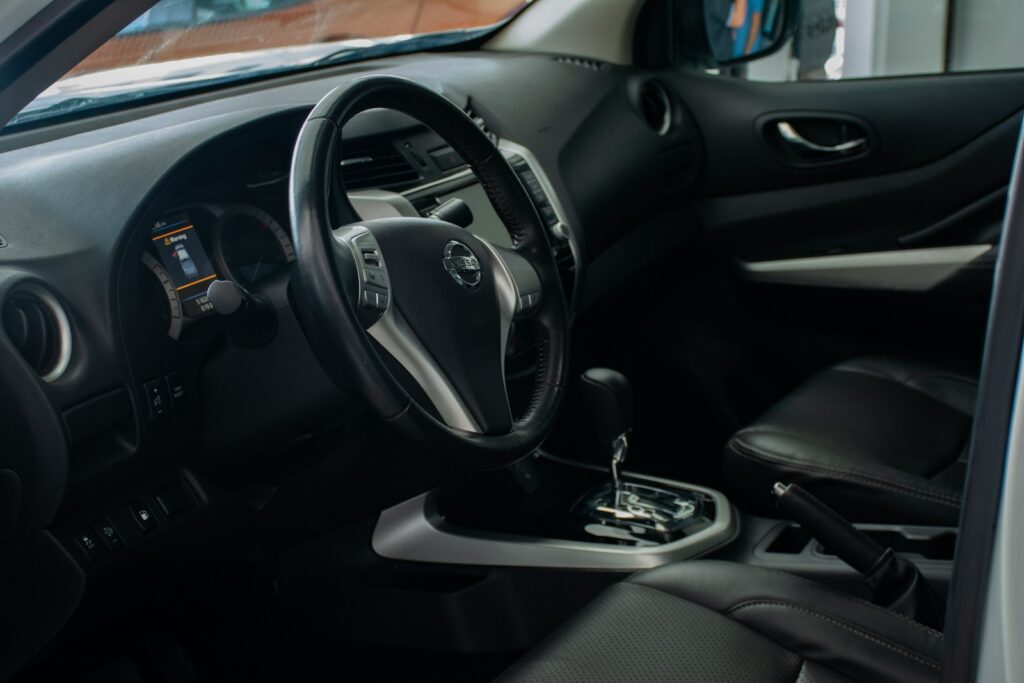
7. **Nissan Frontier**:The 2025 Nissan Frontier, despite recent updates and a competitive starting price, continues to struggle with fundamental issues that undermine its practicality and long-term appeal. Its reliability score of 23 out of 100 indicates persistent problems that potential truck buyers should not overlook. While a redesign might suggest improvements, the Frontier, like many models from manufacturers recycling old problems with fresh paint jobs, struggles to overcome its legacy issues. This makes it a truck that promises capability but delivers a frustrating and uncomfortable ownership experience.
Owners frequently complain about rough ride quality, which significantly detracts from daily comfort, especially on longer trips. Compounding this, the truck’s design flaws include cramped rear seats, severely limiting its utility for passengers, and the inexplicable absence of a telescoping steering column in 2025 models. These ergonomic oversights make finding a comfortable driving position a challenge for many, impacting both driver comfort and safety. Such practical shortcomings and design choices highlight a disconnect between consumer needs and manufacturer execution, making the Frontier a less desirable option compared to more refined competitors.
Further contributing to the Frontier’s long-term woes are its documented trouble spots, including transmission issues and problems with electrical accessories and body hardware. While the context points to Nissan Pathfinder transmission repairs averaging between $4,000 and $4,600, similar issues within Nissan’s truck lineup suggest significant financial impacts for Frontier owners. These mechanical concerns, combined with its subpar fuel efficiency of 18 overall miles per gallon, mean that any initial savings from its attractive price range of $30,510 to $43,380 are quickly eroded by ongoing operating and repair costs. Ultimately, the Nissan Frontier remains a risky choice for those seeking a dependable and comfortable pickup truck in 2025.
Choosing the right vehicle in 2025 demands more than just admiring a sleek exterior or being swayed by attractive marketing. It requires a meticulous examination of a model’s true long-term costs, its day-to-day practicality, and any inherent design flaws that can turn a significant investment into a source of constant frustration. The models we’ve explored in this section — the Rivian R1T, Jeep Grand Cherokee L, and Nissan Frontier — serve as stark reminders that reliability extends far beyond the engine bay, encompassing everything from electronic systems and build quality to fundamental usability and the eventual resale value.
As consumers, our power lies in informed decision-making. Ignoring the wealth of data from consumer reports, owner satisfaction surveys, and detailed reliability analyses can lead to substantial financial missteps and ongoing automotive drama. By prioritizing proven dependability, understanding potential hidden costs, and carefully considering how a vehicle truly fits into your life, you can navigate the complex automotive market with confidence. Don’t let the allure of new car optimism override the practical realities; your wallet, and your peace of mind, will undoubtedly thank you for choosing wisely.”
Car Model Information: 2015 Nissan Frontier PRO-4X
Categories: All set index articles, Articles with short description, Nissan vehicles, Set index articles on cars, Short description is different from Wikidata
Summary: The Nissan Frontier is a nameplate used on three different pickup truck models by Nissan:
Nissan Frontier (international), an alternative nameplate for the NP300/Navara on some markets
Nissan Frontier (North America), a rebadged NP300/Navara from 1997 to 2021, then became a separate model since 2021
Nissan Frontier Pro, a rebadged Dongfeng Z9 PHEV that will be available from 2025.
Get more information about: Nissan Frontier
Buying a high-performing used car >>>
Brand: Nissan Model: Frontier
Price: $18,090 Mileage: 154,112 mi.
Read more about: Ford’s Bold Bet: The $30,000 Electric Pickup and a New Dawn for Accessible EVs




